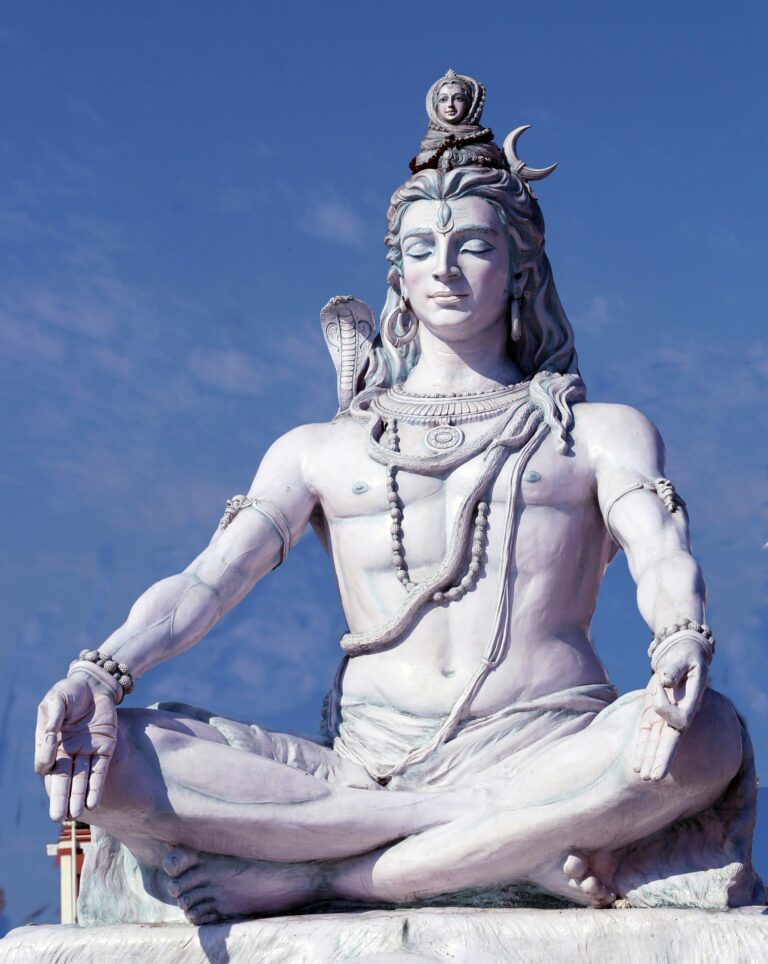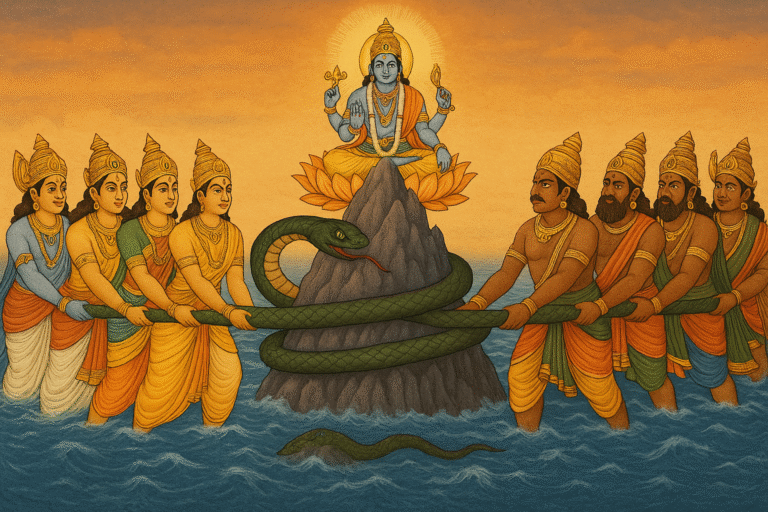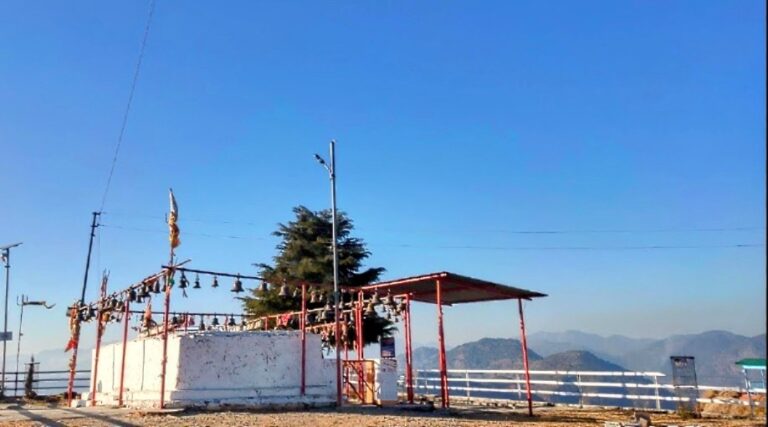The Sacred 12 Jyotirlingas: A Pilgrimage to Shiva’s Divine Light
Introduction
In Hinduism, Jyotirlingas are revered as the most sacred abodes of Lord Shiva, representing his infinite cosmic power (Jyoti = light, Linga = symbol). The 12 Jyotirlingas are spread across India, each with unique legends, spiritual significance, and miraculous histories. For devotees, visiting these shrines is believed to grant liberation (moksha) and divine blessings.
This guide explores all 12 Jyotirlingas, their locations, mythological stories, and why they are considered the holiest Shiva shrines.
List of the 12 Jyotirlingas in India
| No. | Jyotirlinga Name | Location | Key Significance |
|---|---|---|---|
| 1 | Somnath | Gujarat | First Jyotirlinga; Destroyed & rebuilt several times |
| 2 | Mallikarjuna | Srisailam, Andhra Pradesh | Associated with Shiva-Parvati’s divine love |
| 3 | Mahakaleshwar | Ujjain, Madhya Pradesh | Only Jyotirlinga with Bhasma Aarti (ash ritual) |
| 4 | Omkareshwar | Khandwa, MP | Shaped like the sacred “Om” symbol |
| 5 | Kedarnath | Uttarakhand | Part of Char Dham; Snow-covered Himalayan shrine |
| 6 | Bhimashankar | Maharashtra | Linked to the demon Bhima’s defeat |
| 7 | Kashi Vishwanath | Varanasi, UP | Jyotirlinga; Gateway to salvation |
| 8 | Trimbakeshwar | Nashik, Maharashtra | Source of Godavari River |
| 9 | Vaidyanath | Deoghar, Jharkhand | Known for healing powers |
| 10 | Nageshwar | Dwarka, Gujarat | Protects devotees from poisons |
| 11 | Rameshwaram | Tamil Nadu | Associated with Rama’s worship before Lanka war |
| 12 | Grishneshwar | Aurangabad, Maharashtra | Smallest Jyotirlinga |
Mythological Significance
According to the Shiva Purana, Lord Shiva appeared as a pillar of light (Jyotirlinga) when Brahma and Vishnu debated over supremacy. These 12 shrines mark where Shiva’s divine light manifested.
Unique Features of Each Jyotirlinga
- Somnath – Survived repeated destruction by invaders.
- Mallikarjuna – Shiva & Parvati reside as a divine couple.
- Mahakaleshwar – Only Jyotirlinga where Bhasma Aarti is performed with ashes.
- Omkareshwar – Island shaped like the sacred “ॐ” symbol.
- Kedarnath – Highest among Jyotirlingas (3,583 m altitude).
- Bhimashankar – Ancient temple surrounded by dense forests.
- Kashi Vishwanath – Believed to grant moksha (liberation).
- Trimbakeshwar – Only Jyotirlinga with three faces (Brahma-Vishnu-Shiva).
- Vaidyanath – Known as the “Physician of the World.”
- Nageshwar – Protects from snake bites and poison.
- Rameshwaram – Rama worshipped Shiva here before battling Ravana.
- Grishneshwar – Rebuilt by Queen Ahilyabai Holkar.
Best Time to Visit
- Ideal Months: October-March (pleasant weather).
- Avoid: Peak summer (April-June) & heavy monsoons (July-Sept in coastal areas).
Spiritual Benefits of Visiting Jyotirlingas
✔ Destroys sins and negative karma
✔ Fulfills desires when visited with devotion
✔ Accelerates spiritual growth
✔ Offers protection from misfortunes
How to Plan a Jyotirlinga Yatra?
- By Road: Many tour operators offer 12 Jyotirlinga packages (45-60 days).
- By Train/Air: Major Jyotirlingas are well-connected (e.g., Varanasi, Ujjain, Rameshwaram).
- Helicopter Service: Available for Kedarnath and Somnath.
Final Thoughts
A pilgrimage to the 12 Jyotirlingas is a transformative journey through India’s spiritual heartland. Each shrine carries centuries of devotion, miracles, and cosmic energy that continues to draw millions of seekers.
📢 “One who recites the 12 Jyotirlinga names daily attains Shiva’s eternal blessings.” – Shiva Purana



